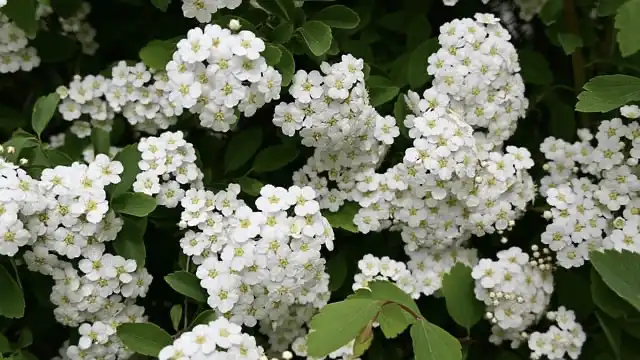
Researchers have discovered the secrets behind how plants move sugar using a protein called the SUC transporter. This breakthrough solves a long-standing mystery of the plant ‘heart’ and sheds new light on how plants defend themselves from pests.

Researchers have discovered the secrets behind how plants move sugar using a protein called the SUC transporter. This breakthrough solves a long-standing mystery of the plant ‘heart’ and sheds new light on how plants defend themselves from pests.
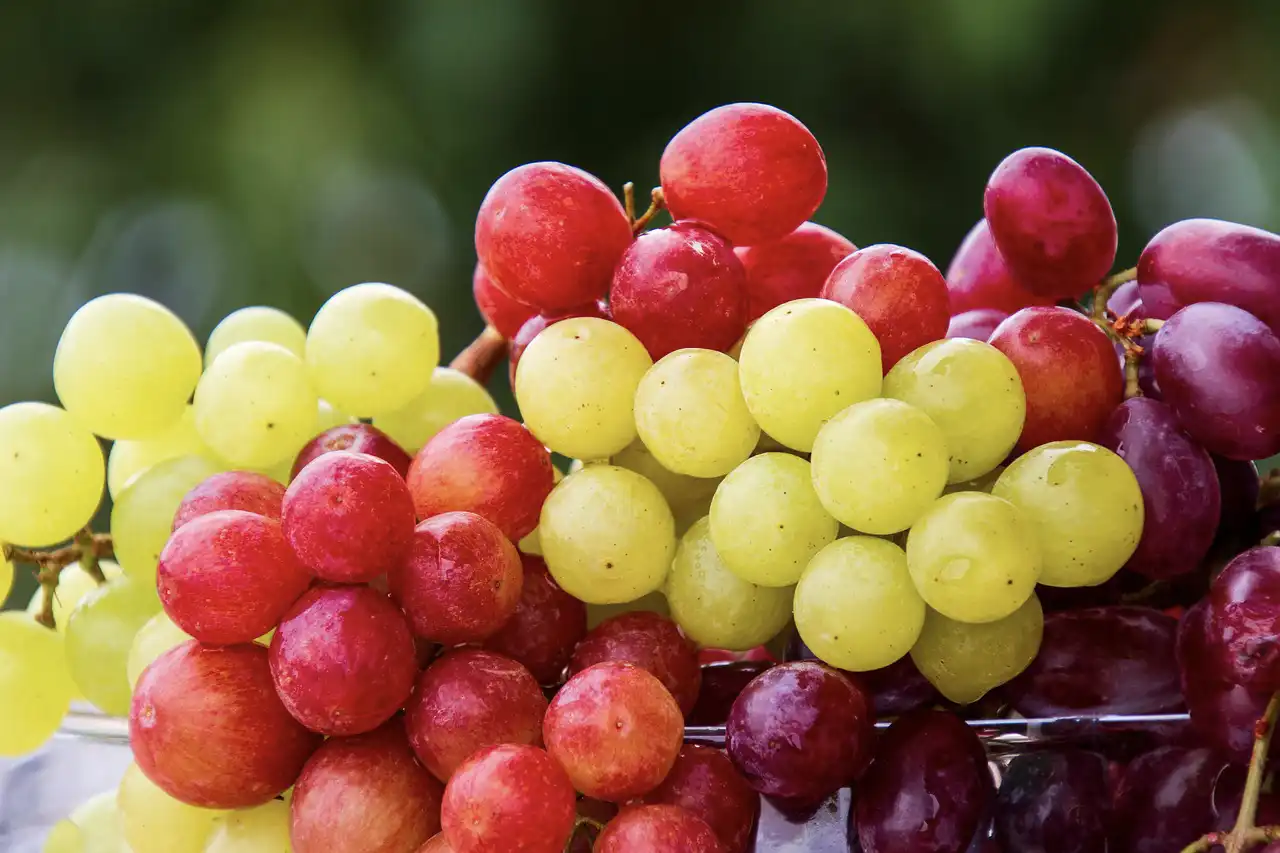
A new study analyzed DNA from ancient local winegrape seeds discovered at archaeological excavations in the Negev.

According to a new study ditches in forestry-drained peatlands release less methane into the atmosphere than what has previously been estimated.
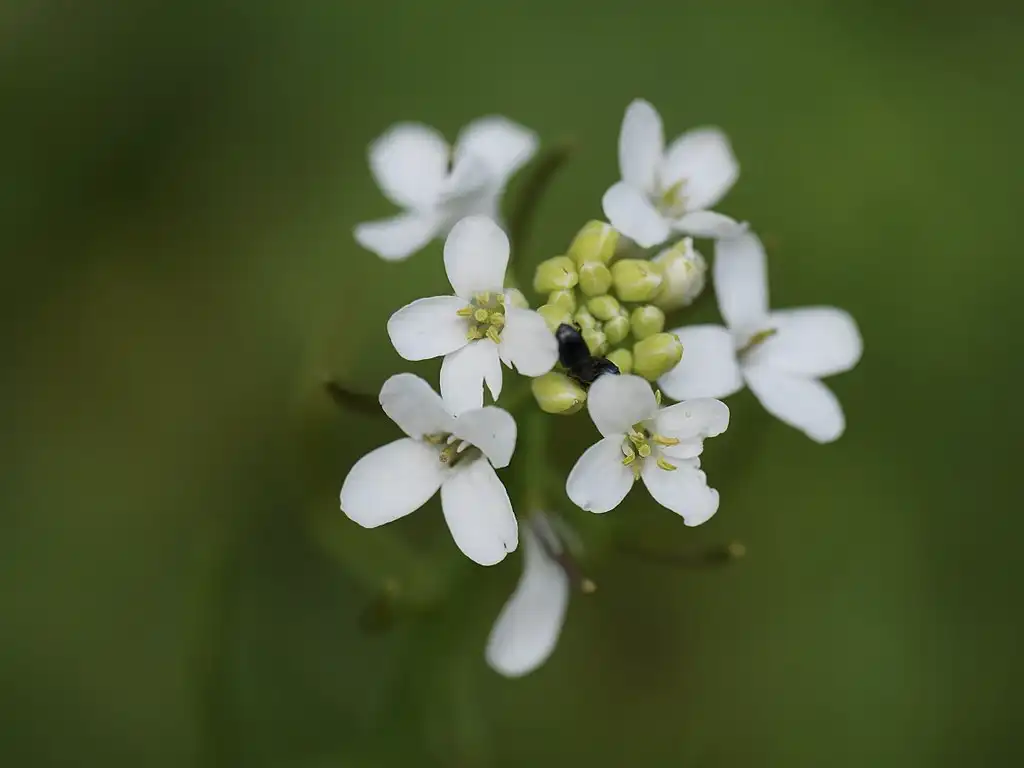
New research has identified a new protein complex in plants that regulates temperature response by the circadian clock. As climate change influences daily and seasonal temperature patterns – such as warmer nights and winters – it is critical to better understand how plants interpret and react to thermal cues.
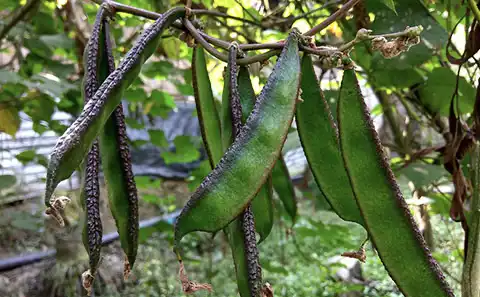
An international team of researchers has fully sequenced the genome of a climate resilient bean that could bolster food security in drought-prone regions.
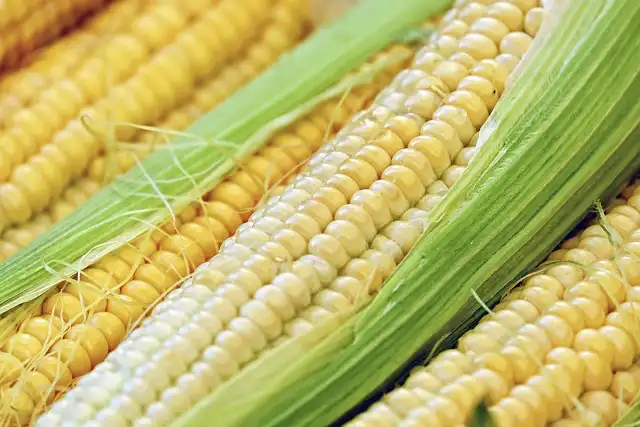
Plant trichomes are highly specialized structures that develop from the epidermal pavement cells of different plant tissues. They are known to defend plants from biotic and abiotic stresses such as water loss, insect-inflicted damage, pathogen attacks, deadly ultraviolet radiation, and leaf temperature reduction. A research team from China recently utilized computer vision, artificial intelligence, and deep learning techniques to develop an automatic algorithm to count and measure maize trichomes.
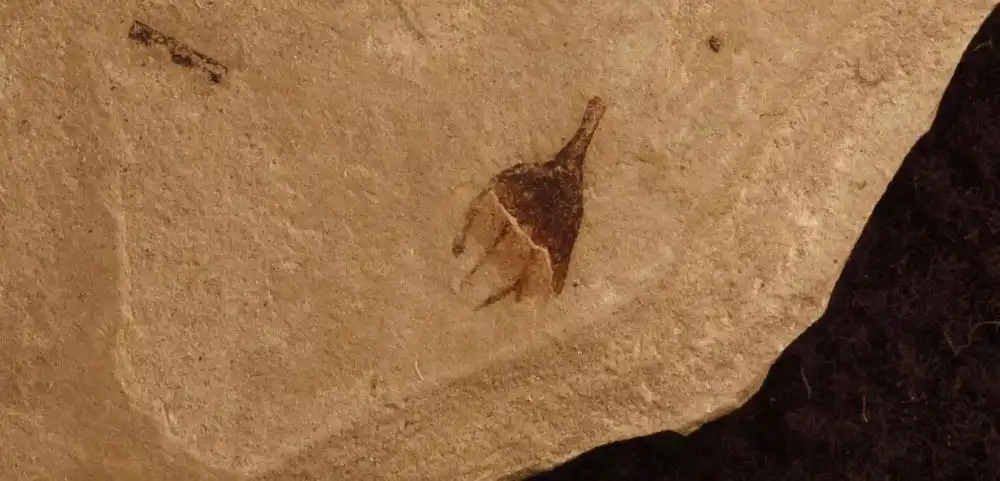
Botanists and paleontologists have identified a fossil chili pepper that may rewrite the geography and evolutionary timeline of the tomato plant family.

A four-year field experiment conducted on the shores of restored Lake Mustijärv in Viljandi, Estonia, has revealed that recycling phosphorus-rich lake sediments back to agriculture could have positive impacts on crop production.
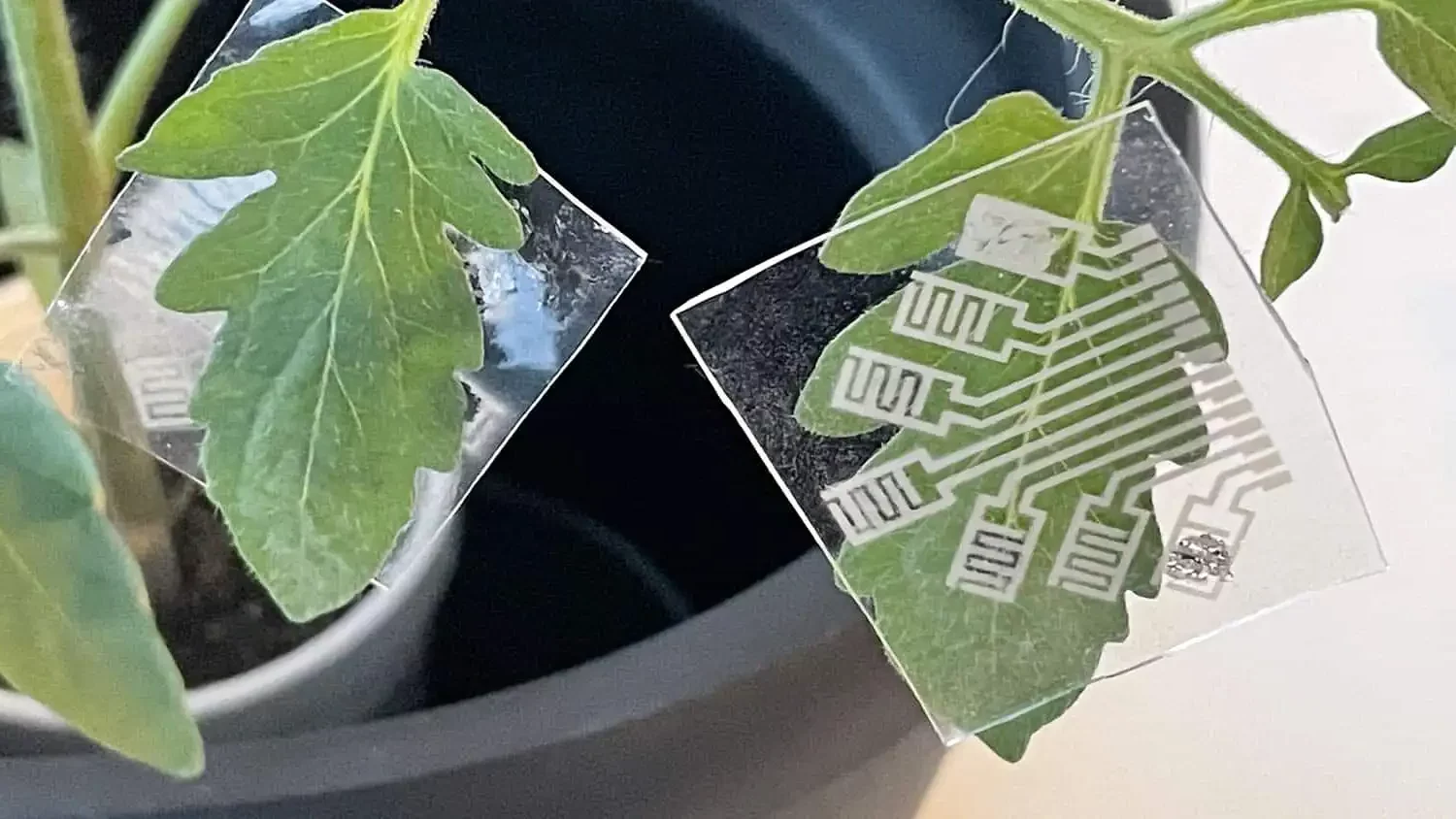
Researchers have developed an electronic patch that can be applied to the leaves of plants to monitor crops for different pathogens – such as viral and fungal infections – and stresses such as drought or salinity. In testing, the researchers found the patch was able to detect a viral infection in tomatoes more than a week before growers would be able to detect any visible symptoms of disease.

A research group characterizes a new transcription factor that regulates, during the ripening of strawberries, the production of anthocyanins responsible for giving them their red hue.